Chapter 3
by ![]() Actiaeon
Actiaeon
What information would you like to know?
About Ross 128 b and more
I've decided to add to this branch any information, from my research for the story, that I think the reader, might, want to know.
Ross 128 b is an Earth-sized exoplanet, in this story, it has a breathable, albeit dense, atmosphere and an active geologic surface. It lays within the inner habitable zone of its star Ross 128, at 7.42 million km from its sun.
It is ~11 Light Years from Earth (At current methods it would take 608 years to reach)
Average Surface Temp- 23 Degrees Celsius / 73.4 Fahrenheit (Earth- 16 Celsius/ 61 Fahrenheit)
Surface Gravity- 1.12 or 0.12 higher than Earth's (180 lb man would weight 201.6 lb)
Surface Radius- 1.1 of Earth's
Atmosphere- 1.85 atm, or .85 higher than Earth (elevated levels of CO2, yet similar to Earth)
One Year on Ross 128 b is only 9.9 days!
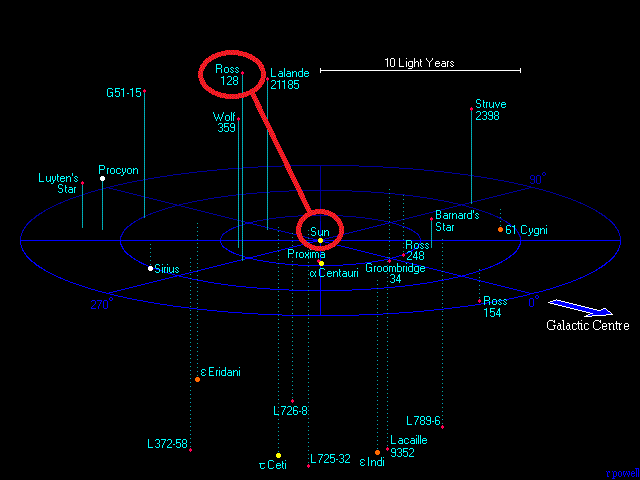

[https://en.wikipedia.org/wiki/Ross_128_b]
HOWEVER, that means Ross 128 b is tidally locked; it would look similar to.
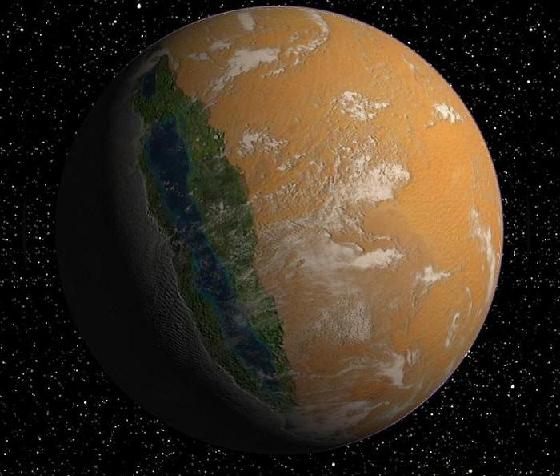
About weather and climate on tidally locked worlds.
Well that is strange, but why does it look like that and what would the climate be like?
Well since one side of the planet is stuck into perpetual day while the other in night one side like so.
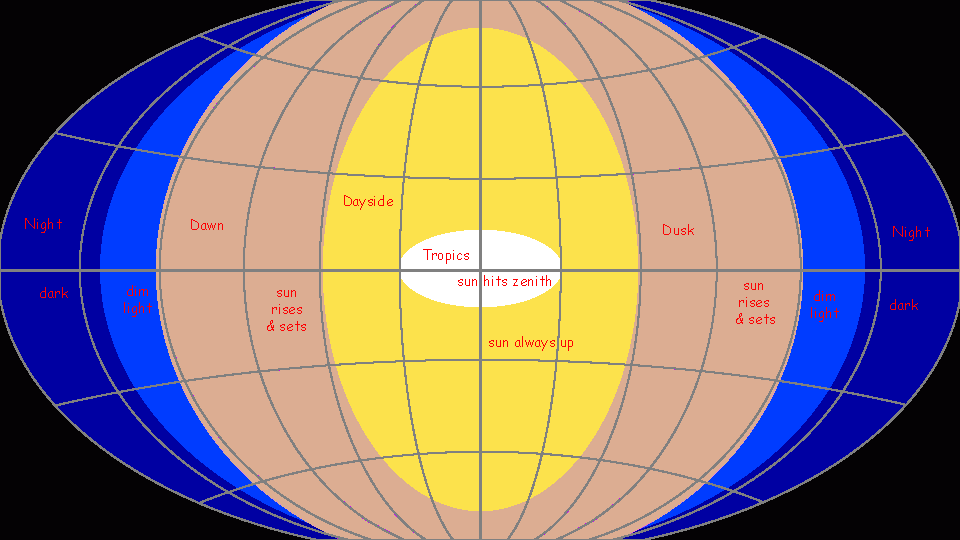
That means that all the energy from the star hit almost entirely on one point, known as the sub-solar point. Meaning all the wind and heat on the planet would originate from there. It would create wind cells originating from that point.
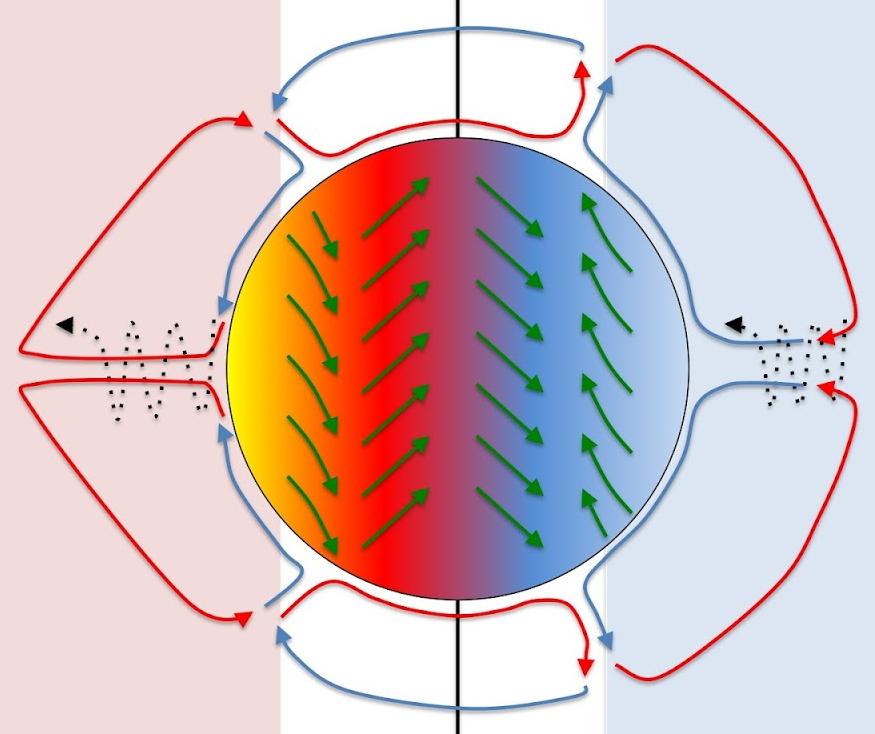
So that means life would have to live in a narrow band between the day and night sides.
However, the plant is spinning; it is just because its spin equals that of its rotation why it is tidally locked. So we have to take that into account. This would create powerful winds blowing from west to east from the sub-solar point while east to west would be far weaker. This means most of the moisture in the air would go to the eastern side of the planet for the sub-solar point.
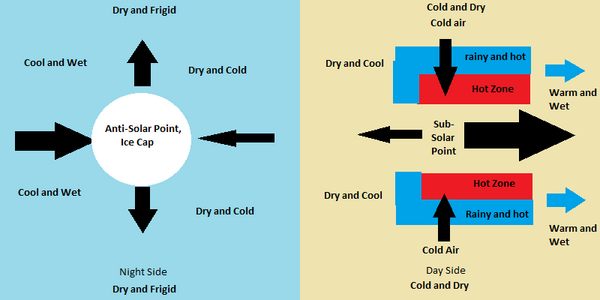
This means life would ideally be on the eastern side of the planet, or stuck in perpetual twilight.
But what about ocean currents?
Well similar to wind cells, they would flow from the sub-solar point to the anti-sub-solar end. But they would create a more effective way to transport heat from one side of the planet to the other
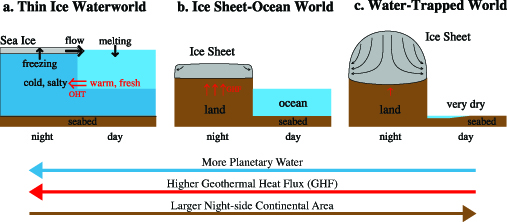
As shown ideally, the planet would have a vast ocean that would regulate the climate. The regulating effect would help extend the habitable zone.
So unlike the picture above the day side would need to be an ocean.
So a Ross 128 b is tidally locked, with large ocean cover and a dense atmosphere.
[https://en.wikipedia.org/wiki/Habitability_of_red_dwarf_systems#Tidal_effects]
[https://arxiv.org/abs/1001.5117]
[https://astrographer.wordpress.com/2013/12/06/eyeball-worlds/]
[https://astrobites.org/2014/11/07/habitability-still-a-go-on-tidally-locked-terrestrial-exoplanets/]
Back to information
Disable your Ad Blocker! Thanks :)
Twilight Eden
What could possibly go wrong when colonizing a new planet? (Formerly: The New World)
(Formerly: The New World) This a science-fiction story about colonizing a strange new alien world, help lead an intrepid group of colonists as they try to establish a settlement on a hostile planet.
- Tags
- asian, interracial, vaginal, creampie, pregnancy, pregnant, teen, brother, sister, brother-sister, white, virgin, arab, muslim, harem, aliens, space, orbit, exoplanet, science, real science, cumshot, handjob, blowjob, oral, apocalypse, post-apocalypse, BDSM, denied orgasm, mind control, anal, hardcore, fingering, transformation, robot, android, sex bot, doctor, colonist, latina, bondage, abduction, twins, tribal, mixed race, cunnilingus, multiple orgasm, foursome, group sex, cum sharing, 69, titjob, conlang, art, sister-sister, threesome, creampie eating, nature, waterfall, public, science fiction, sci-fi, plot, storyline, face fuck, solo, orgy
Updated on Apr 16, 2020
by Actiaeon
Created on Jan 20, 2018
by Actiaeon
You can customize this story. Simply enter the following details about the main characters.
With every decision at the end of a chapter your score changes. Here are your current variables.
- 14,871 Likes
- 5,117,803 Views
- 2,396 Favorites
- 2,009 Bookmarks
- 535 Chapters
- 154 Chapters Deep
- All Comments
- Chapter Comments
